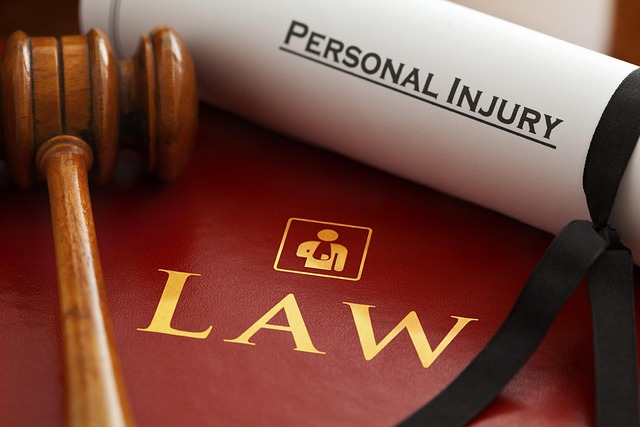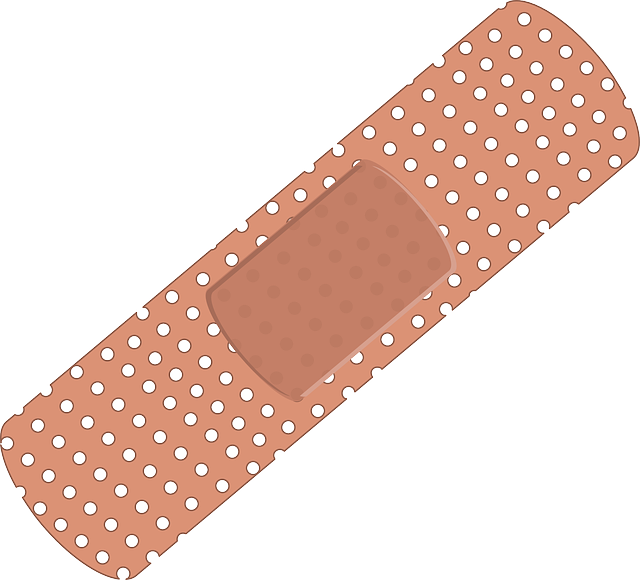Accident liability determination hinges on negligence, or the failure to exercise reasonable care causing harm. Courts assess actions (or inactions) of all parties against a reasonably prudent person's conduct, requiring proof of duty of care, breach, causation, and damages to establish liability. This process is crucial in high-stakes business litigation like truck accidents, aiming to ensure fairness by evaluating responsible parties' actions within a broader context. Negligence significantly impacts determinations; for instance, inattentive drivers running red lights or caregivers failing to supervise may be held accountable, emphasizing the importance of proactive safety measures.
In the intricate web of legal proceedings, negligence plays a pivotal role in accident cases, significantly shaping the outcome of liability determinations. This article delves into the nuances of understanding negligence as a legal concept and its practical implications. We explore how courts weigh various factors to apportion responsibility, focusing on real-world scenarios where negligence influences accident liability outcomes. By examining these aspects, we provide insights into the complex interplay between negligence and legal consequences in accident cases.
- Understanding Negligence: The Legal Concept and Its Role in Accident Cases
- The Impact of Negligence on Liability Determination: Key Factors Considered by Courts
- Real-World Scenarios: How Negligence Influences Accident Liability Outcomes
Understanding Negligence: The Legal Concept and Its Role in Accident Cases

Negligence is a fundamental legal concept that plays a pivotal role in accident cases and subsequent liability determination outcomes. At its core, negligence refers to a failure to exercise reasonable care, resulting in harm or injury to another party. In the context of accidents, whether it’s a car crash, slip-and-fall incident, or medical malpractice, understanding what constitutes negligence is essential for both legal professionals and individuals involved in personal injury claims. This concept is not limited to private disputes; it also has significant implications in elder law cases where ensuring care and safety is paramount.
When determining liability in accident cases, courts scrutinize the actions—or lack thereof—of all parties involved. If it’s established that an individual or entity failed to act as a reasonably prudent person would under similar circumstances, they may be considered negligent. This legal standard requires proving four key elements: duty of care, breach of that duty, causation, and damages. Business litigation often involves complex negligence cases where the financial stakes are high, making it crucial to navigate these legal principles meticulously.
The Impact of Negligence on Liability Determination: Key Factors Considered by Courts

The impact of negligence on accident liability determination is profound, as it forms the core basis for holding individuals or entities accountable for their actions. When assessing liability, courts carefully consider various factors to establish whether negligence has occurred and, consequently, who should be held responsible. Key among these factors are the duty of care, breach of that duty, causation, and damages.
In cases involving truck accident injuries or other types of accidents, the court will examine if a reasonable person in similar circumstances would have foreseen the potential harm and taken preventive measures. If an individual or organization fails to uphold this standard of care, it may be deemed negligent. Additionally, courts evaluate the direct relationship between the negligence and the resulting wrongful death or injuries, ensuring that the defendant’s actions were a substantial factor in causing the harm suffered by the plaintiff. This comprehensive analysis ensures fairness and accuracy in determining liability for accidents, considering not just the incident itself but also the broader context and responsible parties.
Real-World Scenarios: How Negligence Influences Accident Liability Outcomes

In real-world scenarios, negligence plays a pivotal role in shaping the outcomes of accident liability determinations. Take, for instance, a motor vehicle collision. If a driver runs a red light due to inattention or recklessness, causing an accident and injuries, legal experts will scrutinize the circumstances leading up to the incident. Negligence may be established through evidence such as speeding, distracted driving, or failure to maintain proper control of the vehicle. An accident attorney would argue that these actions represent a breach of the reasonable care expected of drivers, thereby holding the at-fault party liable for any resulting damages and medical expenses.
Similarly, in cases of caregiver abuse, negligence can be a deciding factor. A family member or caregiver who fails to provide adequate supervision or assistance to a vulnerable individual may be held accountable for any harm that occurs due to this oversight. For example, if an elderly person slips and falls in their home due to a lack of proper lighting or unsafe conditions, a legal claim could be made, demonstrating a breach of fiduciary duty to ensure the safety and well-being of the resident. This is just one way in which negligence influences accident liability determination outcomes, underscoring the importance of proactive safety measures to prevent such incidents from occurring in the first place.
In conclusion, negligence plays a pivotal role in shaping the outcomes of accident liability determinations. By understanding the legal concept and its practical implications, individuals can better navigate potential risks and courts can make more informed decisions. The key factors considered by courts when assessing negligence highlight the importance of duty of care, breach, causation, and damages, ultimately guiding the allocation of responsibility in accident cases.






